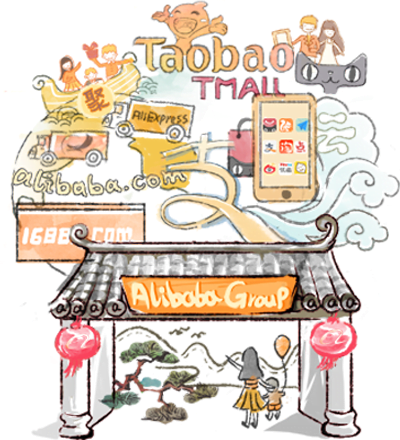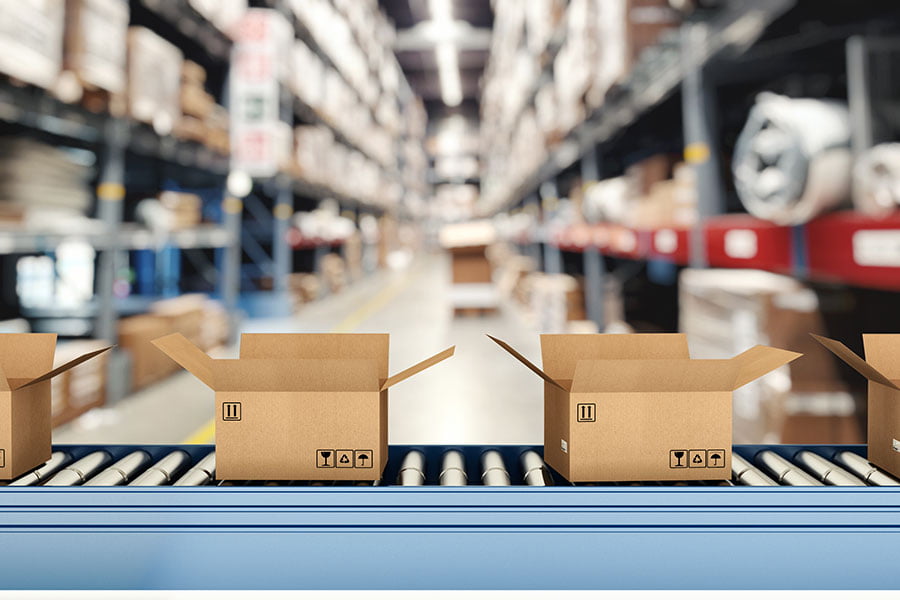Published September 19, 2014
With an IPO expected to raise more than $20 billion and an anticipated company valuation of $200 billion, Alibaba is the company everyone in the banking, investment, retail, and consumer products industries is talking about. But, interestingly, it is virtually unknown among mainstream American businesspeople and consumers.
That is about to change as Alibaba and the Chinese consumer (by extension) both go public. Alibaba is the world’s largest e-commerce company with a platform for every kind of commerce, including Taobao (C2C), Tmall (B2C), and Alipay (online payment), as well as its original site Alibaba.com that connects Chinese manufacturers with global buyers.
Alibaba has taken the best elements of U.S. and European e-commerce platforms and services and has customized them for Chinese consumers. For instance, Taobao (similar to eBay) has a real-time chat function for buyers and sellers because trust building and negotiation are important in even the smallest transactions in China.
Another difference is that the Tmall platform, where more than 70,000 brands and retailers (including most of the best known brands from the U.S., Europe, and South America), is simply a platform. Alibaba never owns, touches, or resells goods. Sellers are responsible for logistics and Alibaba makes money on fees, commissions, and advertising.
The company generated $276 billion in revenue in 2013. That is $100 billion more than the second (Amazon at $100 billion) and third largest (eBay at $76 billion) e-commerce companies in the world-combined. Alibaba has also made huge investments in supply chain infrastructure, cloud computing, entertainment content, and even a popular Chinese soccer team.
But make no mistake, Alibaba has its eyes on becoming a major player in American and global e-commerce (the company will use some of the money raised in the IPO toward that end). What is most remarkable is that Alibaba has generated all of its revenue and profits in ONE country: China.
Alibaba has known all along what many outside China are just now coming to realize. Chinese consumers are the largest, fastest growing, and most world-altering demographic since the post-War American consumers. The “American Century” was in part fueled and built by America’s exploding middle class and the consumption of the goods and services that made for a middle class life. Chinese consumption has become just as important to the world economy as their American cousins and this growth has occurred in three phases.
The period from 1992 to 2000 saw the birth of Chinese consumption. After 80 years of war, revolution, and a production-based closed market, the business people and entrepreneurs who kick-started China’s market economy began to buy what they wanted, not just what they needed in accordance with the State. But their numbers were limited.
From 2001 to 2010, China developed a rapidly growing and varied consumer economy and the “Gold Rush” for foreign companies to enter and sell in China was in full swing. Since 2010 China has seen the explosion of the middle class (currently about 350 million strong) and the ranks of the wealthy and super wealthy have grown apace. China now has more than 2 million millionaires and ranks second only to the U.S. in the number of billionaires, plus it is the second largest economy in the world and is expected to pass the U.S. in less than a decade. In accordance with newfound and widespread disposable incomes, as well as the government’s goal of moving a significant portion of GDP away from manufacturing and export to consumption and service, the age of “China’s Super Consumers” is upon us.
Like their 20th century predecessors in America, Chinese consumers are changing their own culture, society, and economy. They are impacting the way the rest of the world does business and, in some cases, the way countries conduct their foreign policy.
Additionally, the last few years have seen the birth of the “China Global Consumer.” China is no longer just a market but a global demographic. This is illustrated by the fact that Chinese consumers make 30% of all luxury purchases globally; 60% of those purchases are made outside China. Chinese globals are investing in foreign real estate, educating their kids (at sticker price) at foreign universities, and are travelling in astounding numbers. One hundred million Chinese traveled this year and spent a world-leading $7,500 per person per trip.
Currently, nearly 400 million Chinese engage in e-commerce consumption and that number could rise to 600 million in a few years. China also has 1 billion mobile handsets in use and those handsets are fast becoming the number one tool for commerce.
Alibaba is a big story and is likely to be one of, if not the biggest, IPOs in history. But it is really the Chinese consumer who is going public. Brands, retailers, and service companies around the world are benefitting from this new paradigm, but many more need to adjust or start their engagement with Chinese consumers. To find out just how dramatically Alibaba is growing and how your business can respond, watch the groundbreaking video The Alibaba Effect to create your game plan. You cannot truly be a global company today without having Chinese consumers at the top of your priority list and a strategy for engaging them for the next 20 years.
Michael Zakkour is a principal and China practice leader at the global consulting firm, Tompkins International. He is co-author, with Savio Chan, of the new book Wiley book “China’s Super Consumers,” available now on Amazon and Barnes & Noble.
You can follow Michael on Twitter: @michaelzakkour



